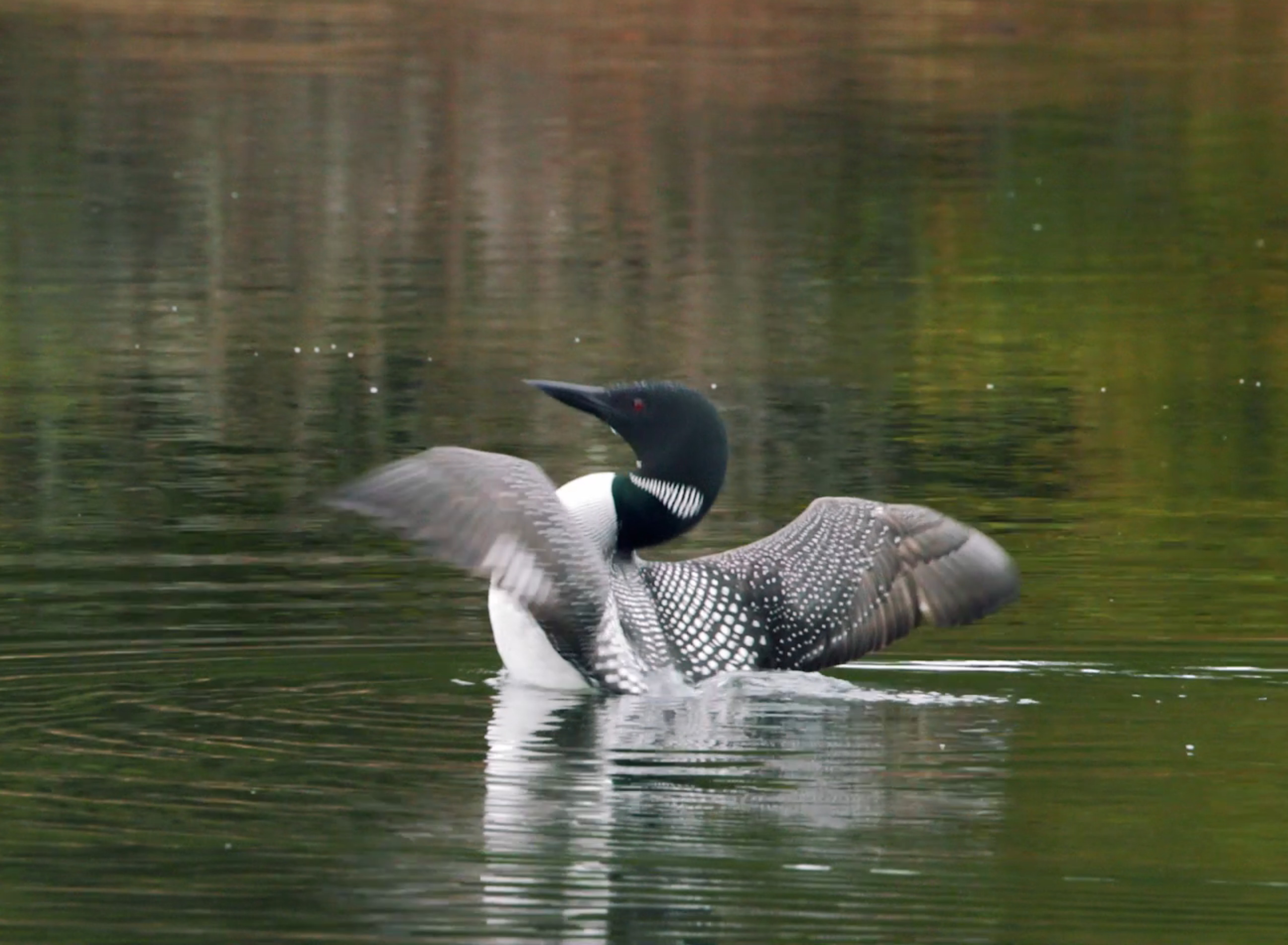
Common Loon by Paul Hartley
We had the chance to catch up with two of Hastings County’s avid birdwatchers, Kyle Blaney and Tom Wheatley. They’ve both been birding in the area for several years and in turn, have created their own unique and unforgettable experiences. Despite their separate paths, they both say the same thing: The birds of Hastings County are extremely diverse, and the next great birding location is here, just waiting to be discovered.
Kyle Blaney has lived in Belleville, Ontario since 1976 and has only ever left the area for a brief stint to go off to university. Needless to say, he has had more than enough time to head further north and explore the Hastings County region’s great birding sites and hidden gems along the way. For Kyle, birdwatching has always been his family’s favourite pastime. “My parents used to take my brother and I out to all of the local parks when I was growing up. It was a huge part of our day-to-day life. When we were on trips around here, we would have our field guides in the backseat and quiz each other on the birds in the book. It’s been a big part of our life for a very long time,” he says.

Throughout his life, birding shifted from a family pastime into one of his greatest passions through the means of photography. He recalls a time back in 2011 where he took his first ever photo of a bird. This photo ended up being of a LeConte's sparrow, an uncommon species that he doesn't believe to have been seen locally ever since. “I got into birding through photography. I started taking my camera with me when I walked around. The first ever time I took a picture of a bird, it ended up being rare, but I didn’t know it at the time. Then, I started showing people the pictures, and they’d go ‘wow, nobody sees that bird around here.’ I thought it was so fascinating that I could take pictures of things people want to look at,” Kyle says, excitedly.
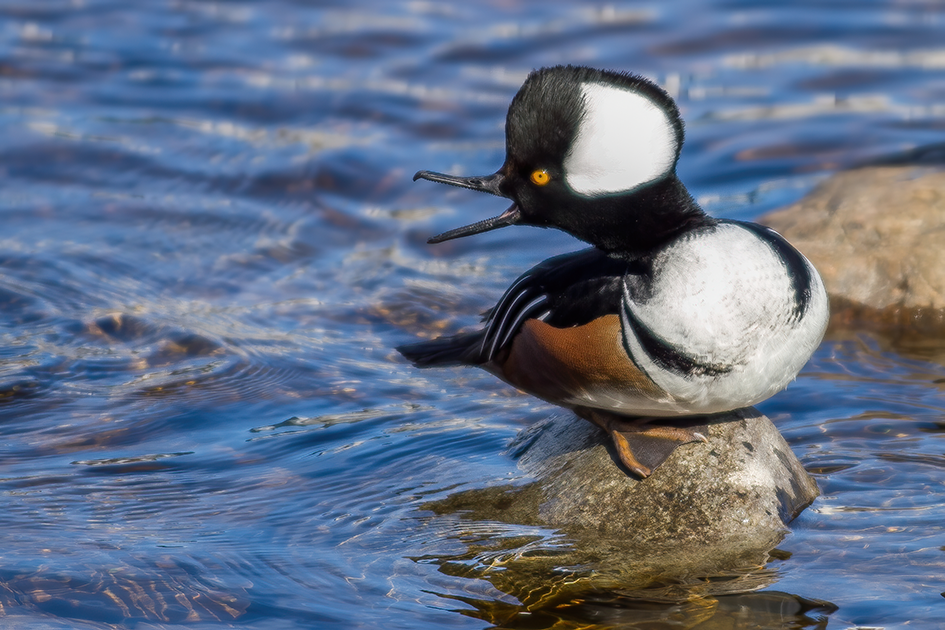
Hooded Merganser - taken in Belleville on Moira River; species nests in the Hastings region. Photo courtesy of Kyle Blaney
Another local birder, Tom Wheatley, has also spent much of his life in the Hastings County area and has been birding for over twelve years. Although his birdwatching journey has flown him overseas to countries like Thailand, Vietnam, Indonesia and New Zealand, he stresses that there’s an irreplaceable sense of comfort and familiarity when looking for birds close to home. “As you get to know the birds around here, you start to recognize their songs. As you walk through the forests or along the road you start to connect with them,” he says. “It really gives you a reminder of where you are in the world.”

The two birders both insist that they've been able to find success birding locally due to the unexplored nature of Hastings County’s sites. As birdwatchers, they thrive on the tranquillity of these areas, but the selflessness in them wants other people to come experience the wide variety of birds for themselves. “Really, Hastings County is shockingly under-birded. Some of the areas here that have spectacular, rare birds showing up might only have a few people visit them a year. Whereas in other parts of Ontario, there could be many hundreds of birders gathering. So in a way, myself and the birding community hope it stays this quiet in Hastings County, but I also want more people to come to appreciate it at the same time,” says Kyle.
Although surrounding conservation areas such as the Frink Centre are usually bustling with birdwatchers and bird species alike, the birds become rarer and the people less frequent the further north you travel. There are types of birds that breed in the northern parts of Hastings County that simply can’t be found in Southern Ontario, like the boreal chickadee or the Canada jay, they say. The Canada jay in particular is highly sought after by Hastings County birders. “If I were going to Lake St. Peter tomorrow, for example, the Canada Jay would be at the top of my list to see.”
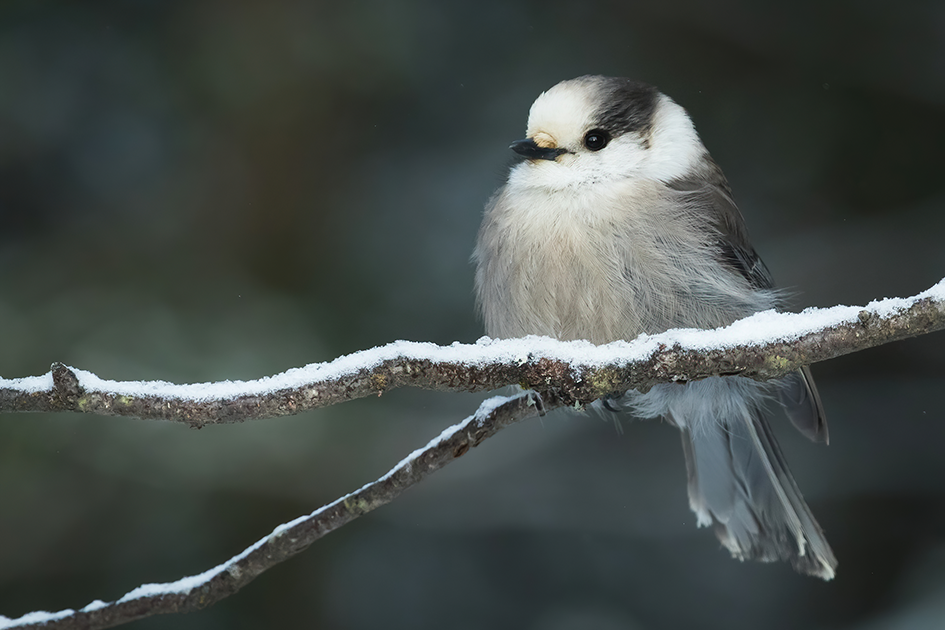
Canada Jay - taken in Algonquin Provincial Park; species occurs in northern Hastings County.
Photo courtesy of Kyle Blaney
The pair tell us of their all-time favourite places to birdwatch in Hastings County: The O’Hara Mill & Homestead in Madoc, King’s Mill near Stirling, Lake St. Peter, the Madoc intersection of the Trans Canada Trail and the Hastings Heritage Trail. What’s charming about Hastings County though, they say, is the fact that you can just as easily find your very own untouched spot to bird. “If you travel on any road up in the northern forests that doesn't have that much traffic, just getting out of your car and walking along the road can lead to great birding, especially in the spring and the fall when migrants are coming through,” says Kyle.
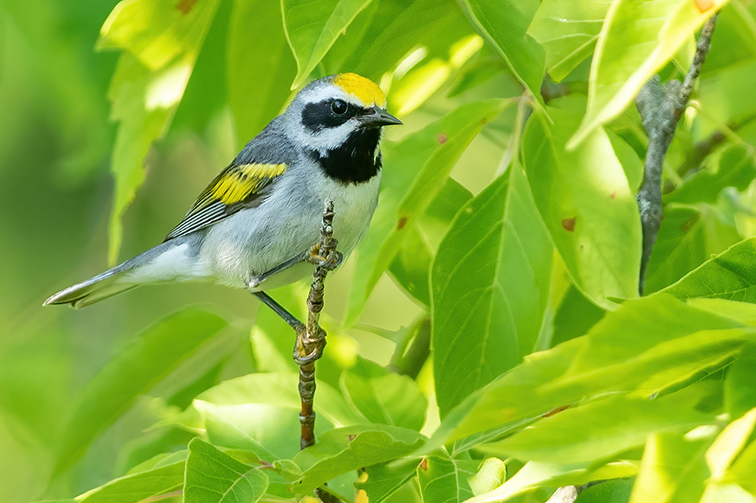
While perhaps not the prettiest of locations in Hastings County, local sewage lagoons are known to attract shorebirds like dunlins. The migration cycles of these birds take them all the way down to Argentina, and all the way up to Madoc and Tweed’s sewage lagoons. “They’re about the size of a small chicken, and they make these really distinguishable wolf-howl sounds. It’s definitely one of the highlights of Hastings County,” says Tom of dunlins.
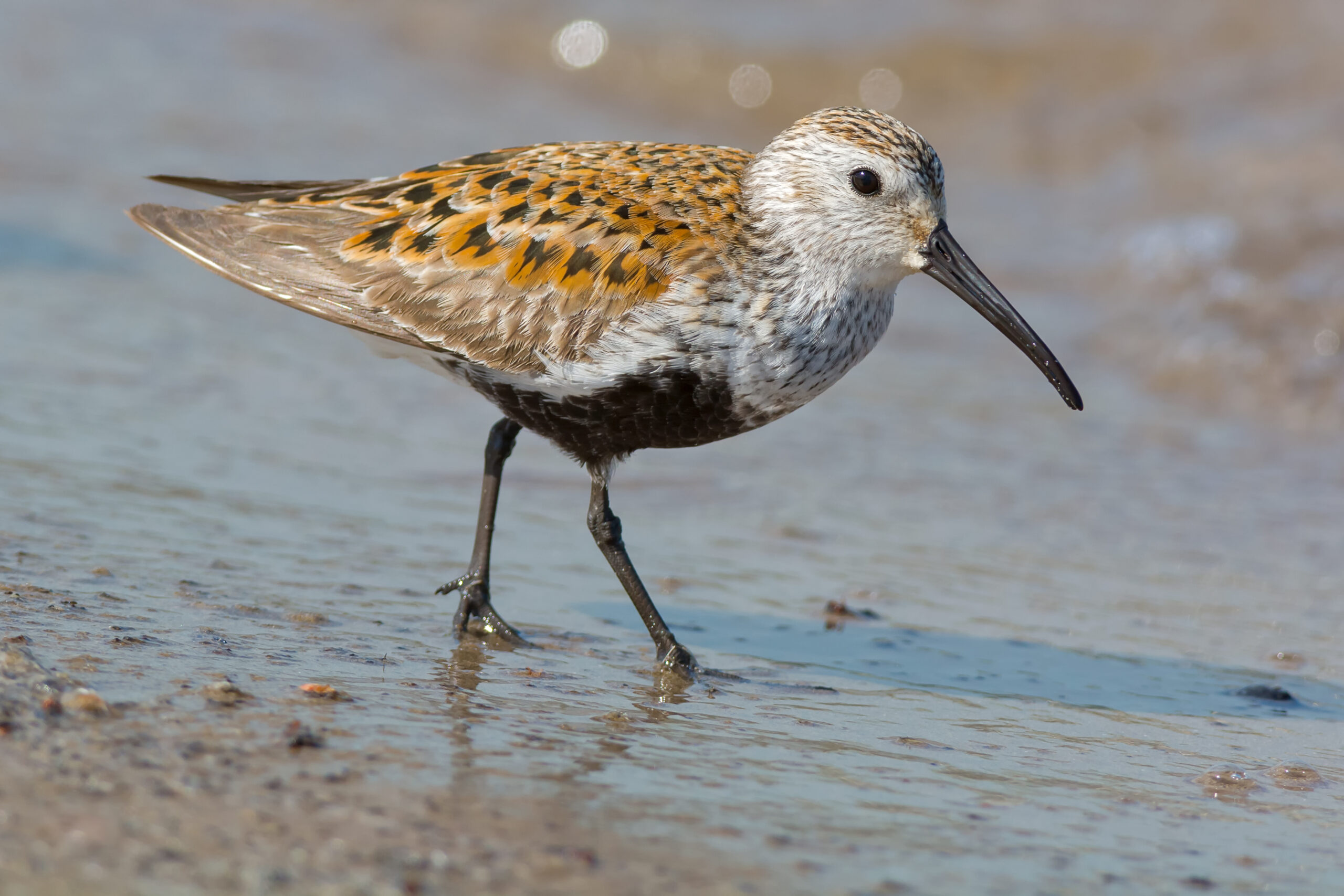
Dunlin - Photo courtesy of Shutterstock Paul Reeves
Another primary reason why Hastings County is beloved by the birding community is due to the remarkable amount of different species that can be found here. Stretching down to Deseronto all the way through the Canadian Shield and up to the borders of Algonquin Park, Hastings County covers a great variety of terrain and a multitude of habitats where many species breed and migrate toward. “The amount of diversity is really incredible in Hastings County for naturalists and birdwatchers,” says Tom. “What’s great about Hastings County is the variety. You can see over 200 species in a year if you really put in the effort,” adds Kyle.
American Bittern by Paul Hartley
They tell us that these 200 species range from the largest of birds like cranes, herons and geese to the tiniest of birds such as kinglets, chickadees, warblers and everything in between. In local forests, there are various types of woodpeckers and then you've got your ospreys, hawks and eagles, of course. For Kyle, he always looks out for the owls, and Tom particularly loves the golden-winged warbler. There are also quite a number of unique breeding cycles that occur in Hastings County, including one that involves Tom’s favourite warbler: “The golden-winged warbler and the blue-winged warbler interbreed which creates a rare hybrid that looks different than either of the two species. This breeding cycle actually runs right through Hastings County from Marmora, right down to Tyendinaga. It’s quite interesting to witness,” he says.
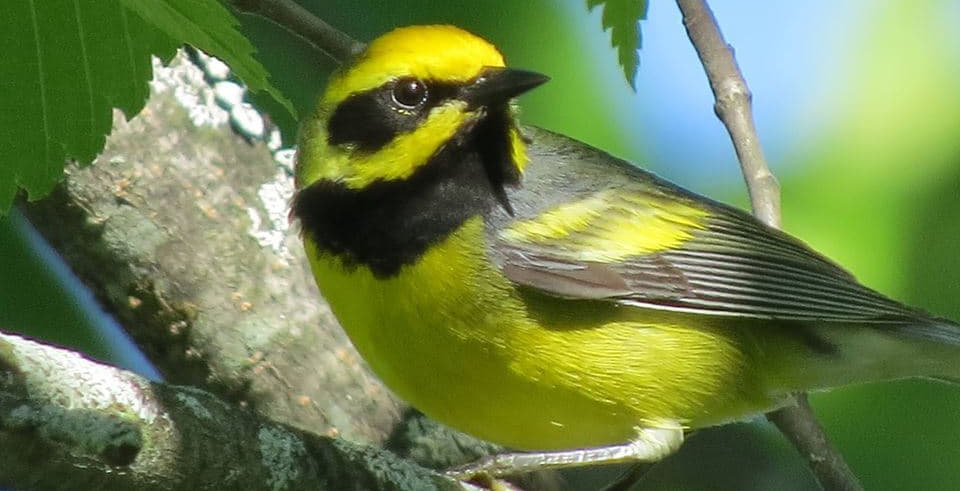
Lawrence's Warbler - a rare hybrid of the golden-winged Warbler and blue-winged Warbler.
Photo courtesy of Tom Wheatley
Both of these birders have made it very clear that birding is more than just a hobby to them. During their time, they’ve experienced moments of extreme happiness that arrive in the form of rare bird sightings. Tom compares spotting a sought-after bird to what he imagines “winning the lottery” would be like. He also raves about how inexpensive birding can be, stating that you only really need a field guide and a set of cheap binoculars to start. An affordable activity that can make you feel as if you just hit the jackpot seems like a win-win scenario if you ask me.
But despite these euphoric memories that birding has lent them, they say the real selling points are found in the quiet moments and the calm, soothing feeling that local birdwatching brings them. “It gives you a real chance to get out of your mind,” says Tom.
Kyle, who spends an awful lot of his time looking up at birds, says his favourite activity keeps him from flying too close to the sun. “Birding is something that makes me feel grounded in a way nothing else can,” he says.
For more information on local bird species and sightings, visit the Hastings County section of Ebird.ca










